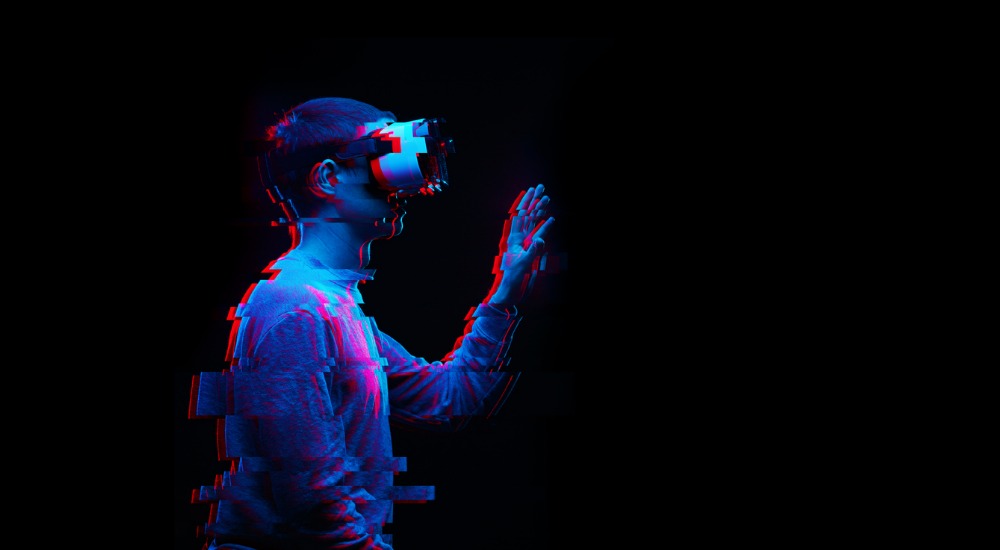Learning Technologies 2019: 3 Key Takeaways
Last week at the ExCel, London, the Learning Technologies 2019 conference took place. With more than 8,500 visitors, 150 free L&D seminars, over 200 exhibitors, an exhibition hall packed with the latest learning technologies, innovation and best practice and the industry’s leading L&D conference, it provided a unique and exciting environment for all those involved in workplace learning.
Many Intuition employees attended the event as a professional development exercise, attending a number of talks and speaking to others in the employee education industry.
There were a number of takeaways from the event, but three stood out:
- Get creative around buy-in
- Content trumps creativity
- The role of neuroscience
Get creative around buy-in
Probably the most prominent barrier to effective employee education programs in today’s workplace, buy-in, was given considerable attention at this year’s conference. With employees and upper-management sometimes questioning the value of these initiatives, specific strategies must be implemented to change the learning culture of an organization.
One interesting mode of attack around this challenge is the implementation of marketing principles to the internal communications around learning strategy. The person tasked with knowledge development in the company is unlikely to have a marketing background, but the science of communication is both easily understood and applied to different concepts.
The first model, which can be seen below, is a derivative of a standard marketing model used to find members of a target market and turn them into reoccurring customers.

Learning Technologies 2019: Buy-in
Various tactics are used during this process to push a member of the target market down the funnel, who is likely unaware of the product/service being sold.
Applying this to internal initiatives is simple. Instead of a marketeer pushing a specific campaign to a specific target market, a knowledge development professional will push the strategy to the members of the organization who need it.
A revised model based on this internal communication can be seen below.

Learning Technologies 2019: Buy-In
In the awareness stage, the person(s) tasked with implementing the program will promote the initiative via email, posters, flyers, events etc.
In the engage stage, the goal is to get employees to access the solution and understand why they need to engage with it. This can be done by communicating the value of learning along with ensuring people know how to access the solution. This can be done through follow-up emails and conversations.
The action stage requires fully integrating the solution into the culture of the business, both from an engagement perspective (is it being used regularly?) and a practical perspective (are the learnings being applied to practical, everyday situations?).
At this stage, ROI needs to be measured. It’s not enough to measure compliance, the organization needs to see tangible improvements.
The promote stage passes the baton over to the user. Hopefully, the value of the learning solution has been recognized at this point and those who are using it are speaking to their peers and encouraging them to use the resource.
Content trumps creativity
At the conference, there was a huge push on creative delivery methods. Fully immersive learning experiences such as virtual and artificial reality were promoted by many exhibitors.
There’s no doubting the role of creativity in knowledge development, but it must be used in the correct context. Unfortunately, not all delivery methods align with the content they’re providing, so forcing these types of channels isn’t wise. It’s similar to putting a round peg into a square hole.

Learning Technologies 2019: Virtual Reality
Being able to bake in these forms of delivery seems to have huge importance in the industry, and rightly so. If content can be delivered effectively in an immersive fashion, the learning experience is bound to be more engaging. The issue centers around the pairing of content and context.
Regardless of VR/AR’s popularity and future importance, content will always be the key driver of learning and this should be a company’s focus when looking at a learning solution provider.
The role of neuroscience
Ongoing employee education is becoming a greater priority for organizations, and as a result, there is more emphasis being put on effective implementation and development. One talk explored scientific principles around learning. Specifically, the role neuroscience can play in retention of information.

Learning Technologies 2019: Neuroscience
The talk described the role emotions can play. Our brains can only retain so much information and as a result, must filter through our experiences and cherry-pick the ones we should keep and get rid of the rest. One way to do this is through emotive connections. Our brain is far more likely to remember experiences with strong emotions attached. For example, if something happens which evokes fear, the brain sees this as an important event to remember as if it happens again, it will know how to react.
3 tips to use emotion in your program delivery:
- Seek out emotive stories and use them to connect with your learners
- Negative emotions are powerful – use them
- Use emotion in simulated environments
The second part of this talk explored loss aversion.
Statistically, we are twice as upset when we lose something than we are when we gain the same thing.
For example, on a scale of -10 to 10, when we gain something our happiness level could be 3. If we lose the same thing, our sadness level will be -6.
The speakers applied this example to gamification. Yet again, an interesting method of delivery, but is it effective? The speakers questioned the relevance of a game if there was no consequence to losing. Quizzes at the end of a module is a common example of gamification, but if the learner gets all the questions wrong and can still progress on to the next module, is it really a game?
3 tips to using loss aversion:
- Focus on loss rather than gain. It’s more powerful
- Make the loss personal
- Be brave – don’t be afraid to annoy people (make it hard to win)
In conclusion, the 3 main takeaways from this year’s Learning Technologies conference were:
- The importance of buy-in and the need to get creative in this area
- The realization that content should take precedence over delivery methods
- The emergence of science to improve learning effectiveness



